What’s Explosion Bonding
Explosive bonding is a method that uses explosives as the energy source to weld metals together and produce metal composite materials. Its key feature is that it can quickly and firmly join identical, especially different, and any metals together in an instant and efficient manner.
Fugo offers a wide range of explosive cladding products, from stainless steel coverings to refractory alloys.
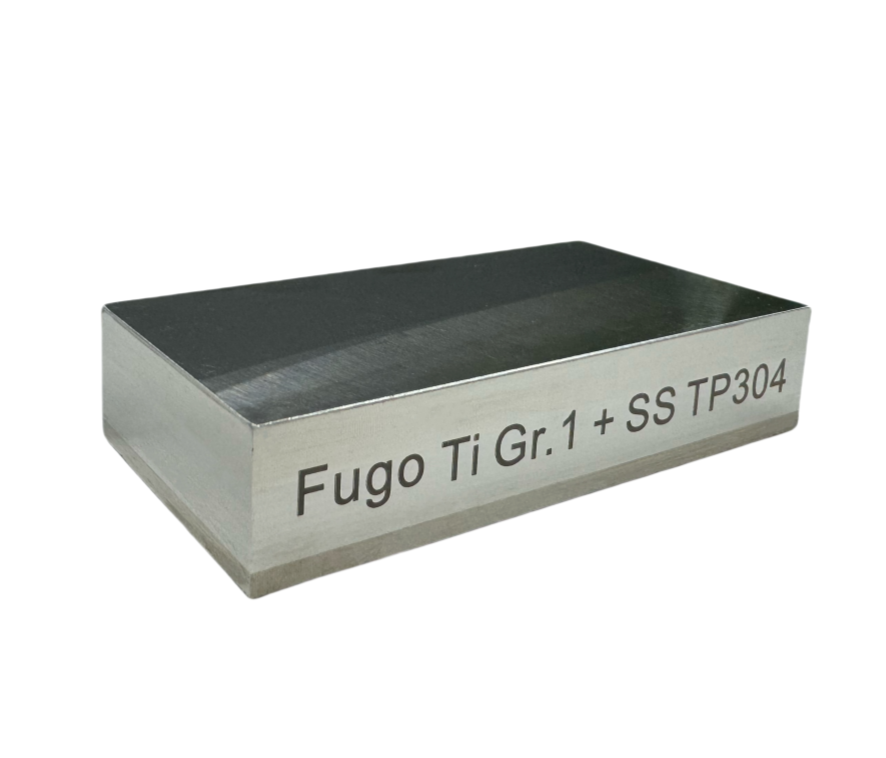 Clad Plate
Cladding plates are bonded by explosion welding or rolling. Various combinations of metal cladding plate are widely used in petrochemical, water treatment, metallurgy, energy and power, pulp & paper and other fields.
Clad Plate
Cladding plates are bonded by explosion welding or rolling. Various combinations of metal cladding plate are widely used in petrochemical, water treatment, metallurgy, energy and power, pulp & paper and other fields.
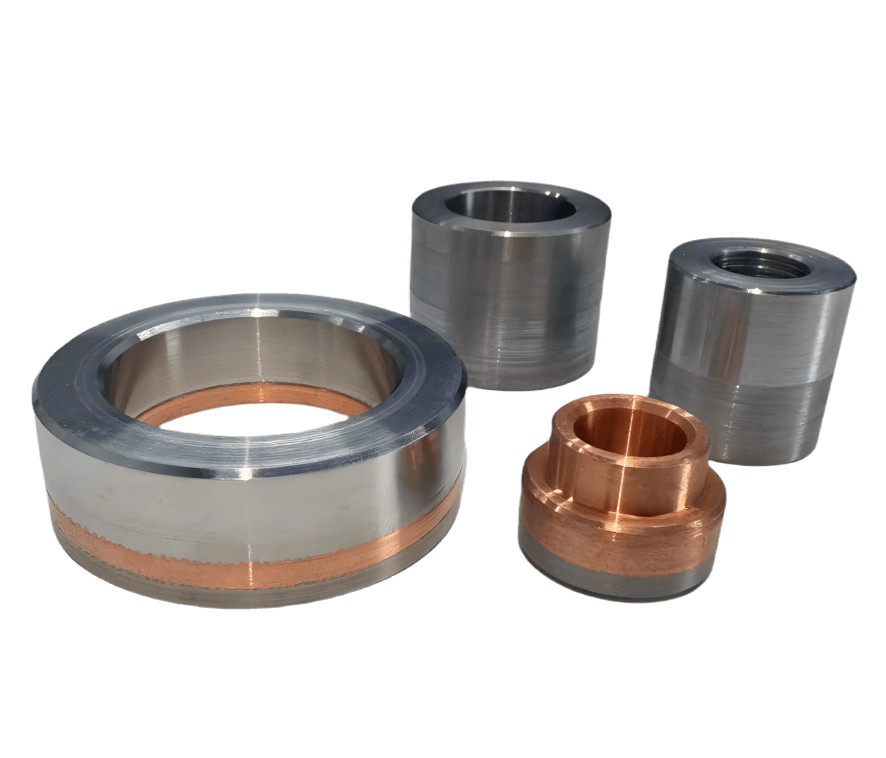 Clad Transition Joint
Clad Transition Joints are used for the transition connection of dissimilar materials, which are mainly used in ships, electric power, LNG, and other fields.
Clad Transition Joint
Clad Transition Joints are used for the transition connection of dissimilar materials, which are mainly used in ships, electric power, LNG, and other fields.
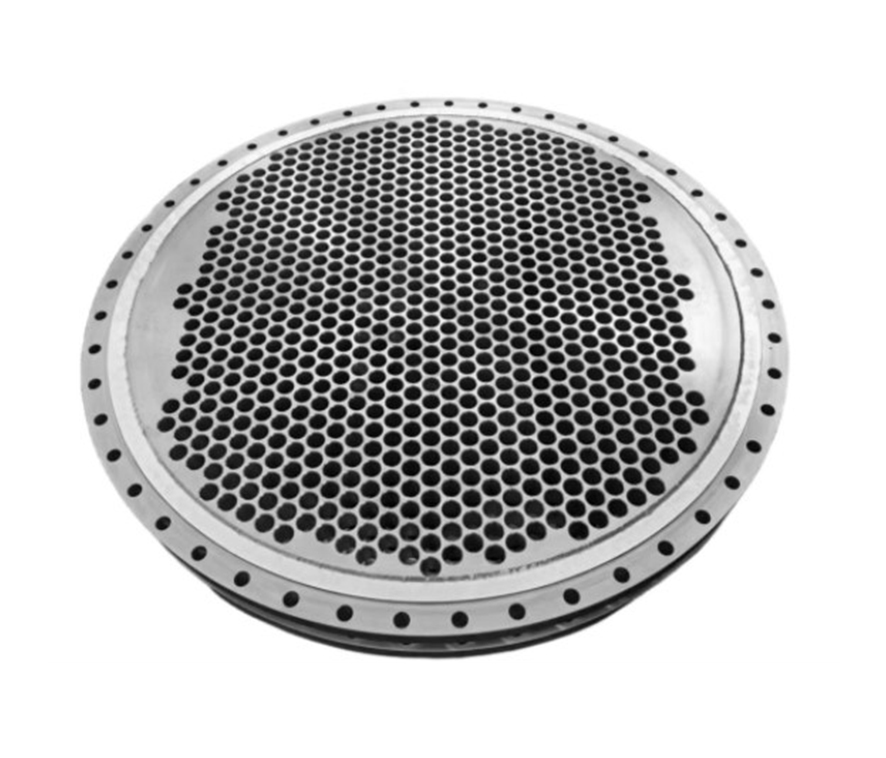 Tube Sheet
Fugo offers precision drilling and machining services for tube sheets, ensuring high accuracy and quality in every project. Our drilling process uses advanced equipment to create precisely measured holes based on the customer's tube size and layout, ensuring a perfect fit for heat exchanger tubes.
Tube Sheet
Fugo offers precision drilling and machining services for tube sheets, ensuring high accuracy and quality in every project. Our drilling process uses advanced equipment to create precisely measured holes based on the customer's tube size and layout, ensuring a perfect fit for heat exchanger tubes.
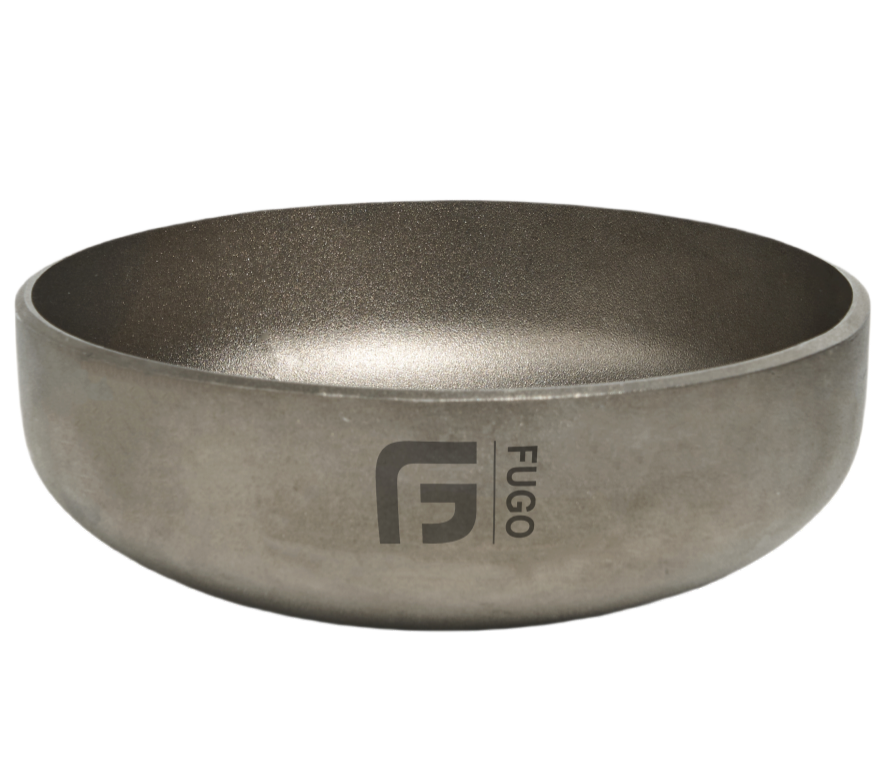 Head Forming
Fugo head forming process utilizes advanced equipments to shape materials into precise forms, such as hemispherical or elliptical heads, ensuring strength and durability under high pressure. These heads are crucial components in pressure vessels, boilers, and heat exchangers used in industries like oil & gas and petrochemical.
Head Forming
Fugo head forming process utilizes advanced equipments to shape materials into precise forms, such as hemispherical or elliptical heads, ensuring strength and durability under high pressure. These heads are crucial components in pressure vessels, boilers, and heat exchangers used in industries like oil & gas and petrochemical.
Production Process
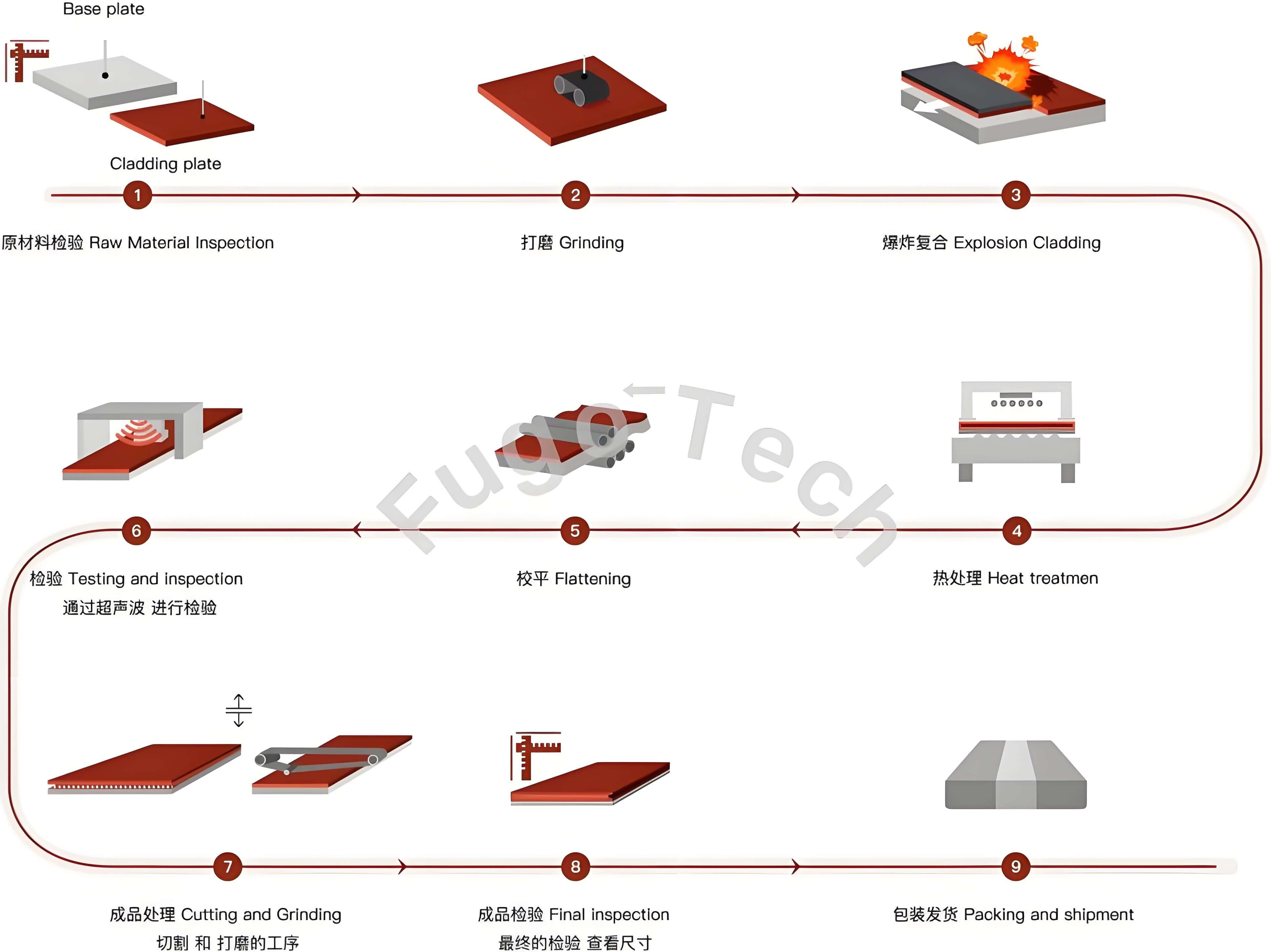
Preparation:
This step involves thoroughly examining the base and cladding materials to ensure they meet the required specifications and quality standards for explosion clad plate production.
Grinding:
The grinding process removes surface impurities, oxides, and irregularities, ensuring a clean and smooth surface for optimal bonding in the explosion cladding process.
Explosion Cladding:
In an open area, two well-cleaned metal plates are positioned with a pre-determined gap, with the flyer plate placed on top. Explosives are carefully laid over the flyer plate. Upon detonation, the explosion generates immense energy, causing the plates to collide at high velocity. This high-speed impact results in a strong metallurgical bond, forming a high-performance explosion clad plate.
Heat treatment:
To enhance the structural integrity of the explosion clad plate, heat treatment is applied to reduce residual stress generated during the explosive bonding process and improve the material’s mechanical properties.
Testing:
A thorough ultrasonic test (UT) is performed to check the integrity and bonding quality of the explosion clad plate. Additionally, mechanical property testing, including tensile, bending, and impact tests, is conducted to evaluate strength, toughness, and ductility, ensuring compliance with required standards.
Cutting:
After passing all inspections, the explosion clad plate undergoes cutting and machining to achieve the precise dimensions and specifications required for its final application.
Final Inspection:
A comprehensive inspection is conducted, including appearance checks and dimensional measurements, to verify the quality of the finished explosion clad plate.
Packing:
The surface of the explosion clad plate is finished and marked according to specifications, followed by proper packaging for delivery or storage.








.png)


















